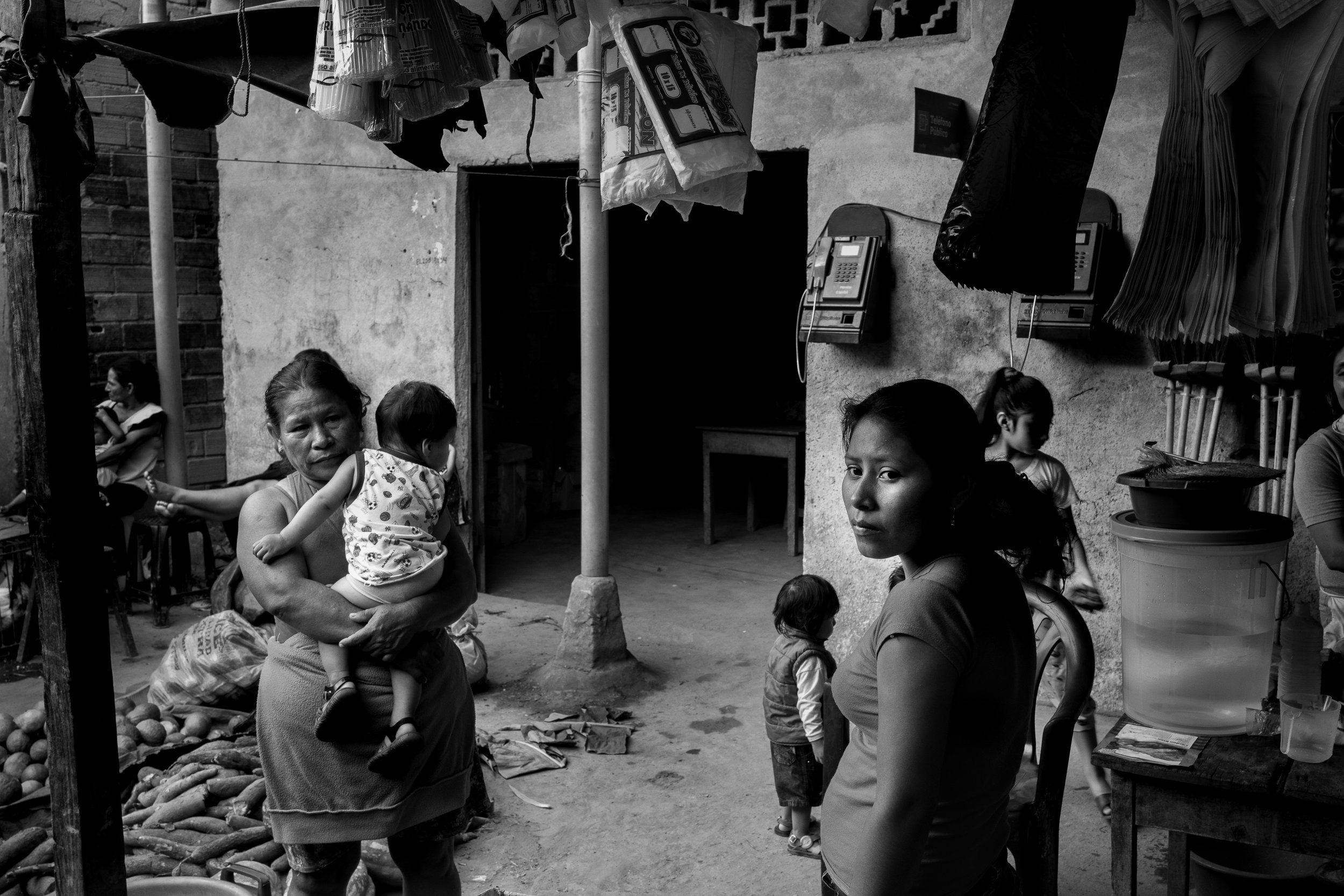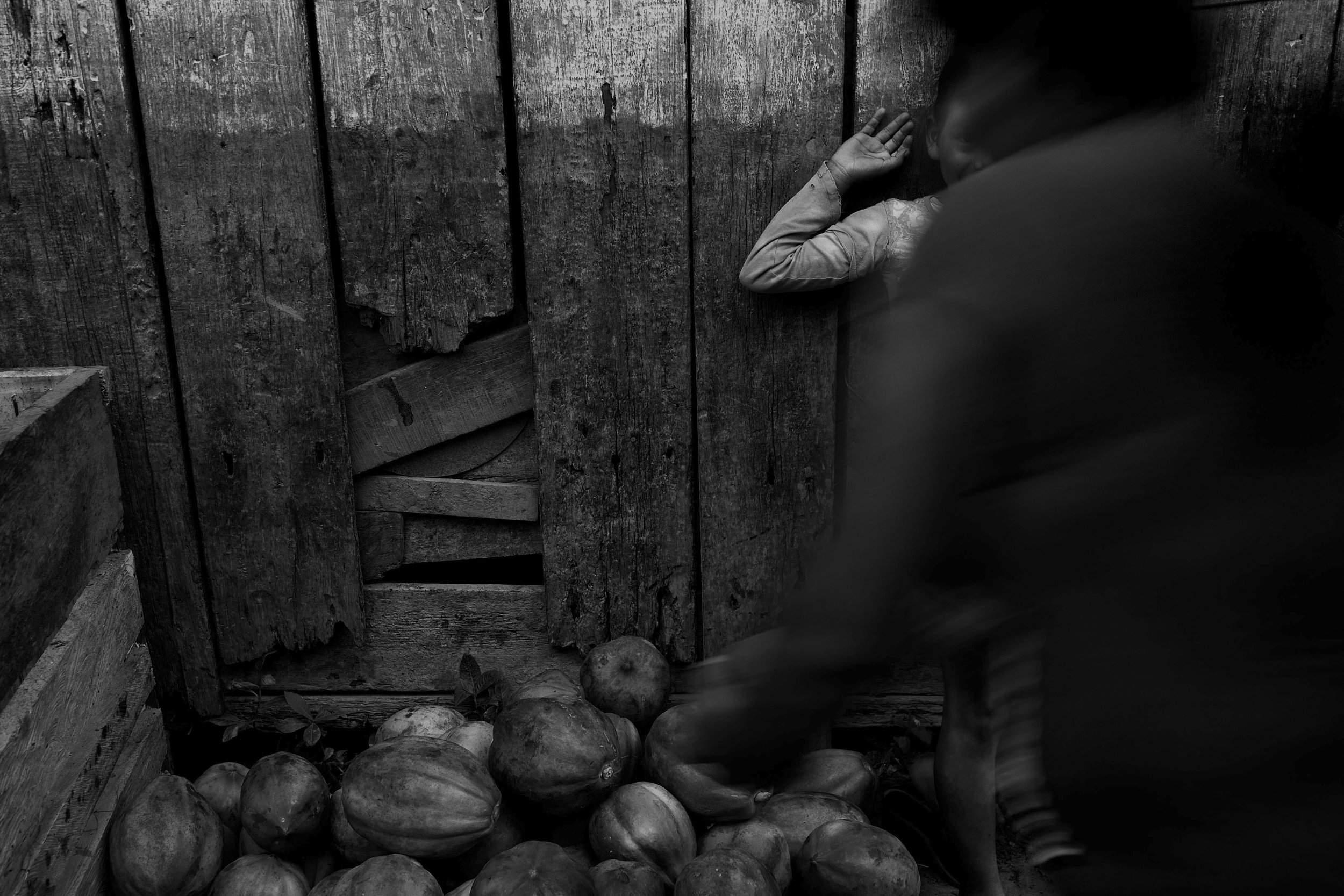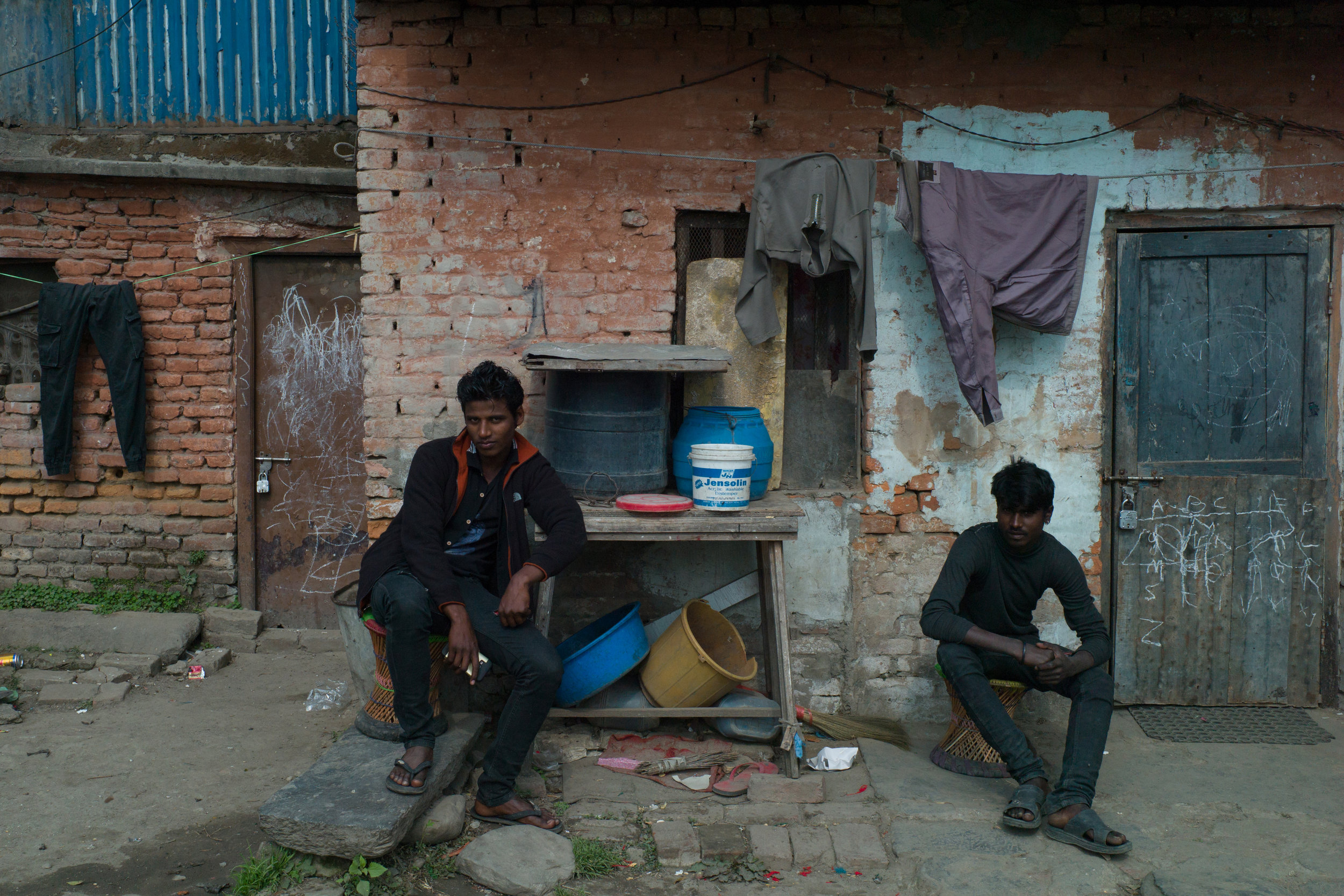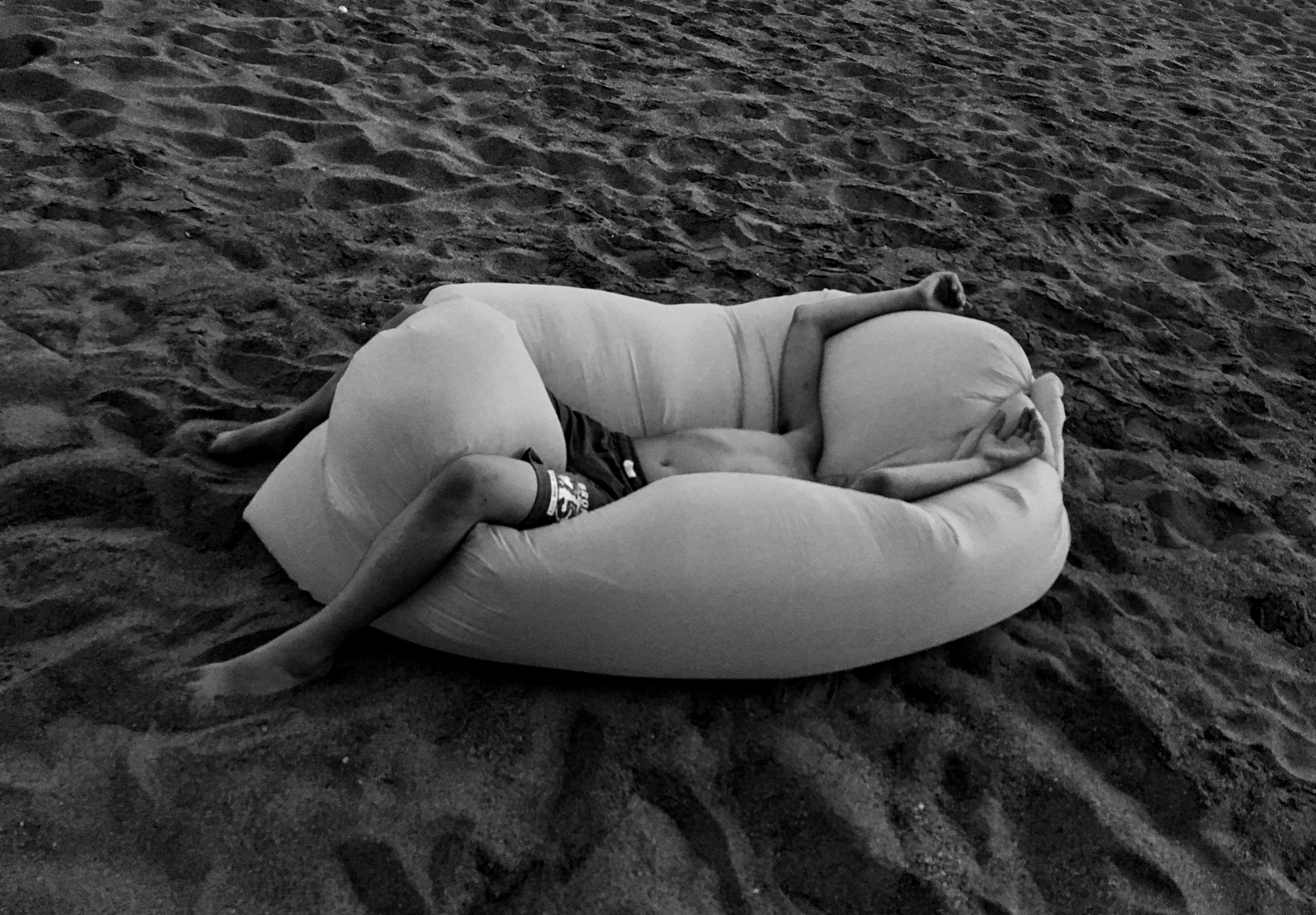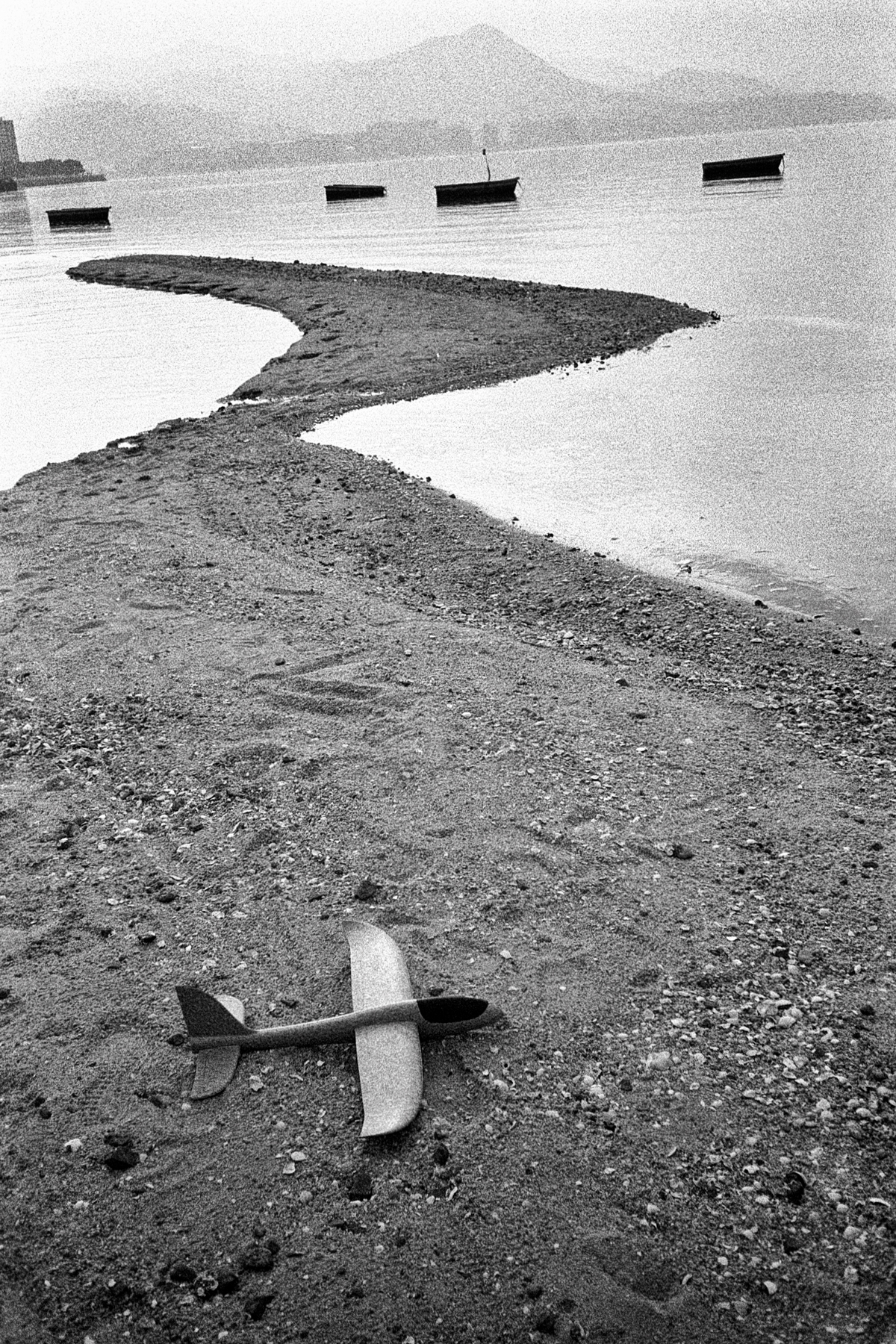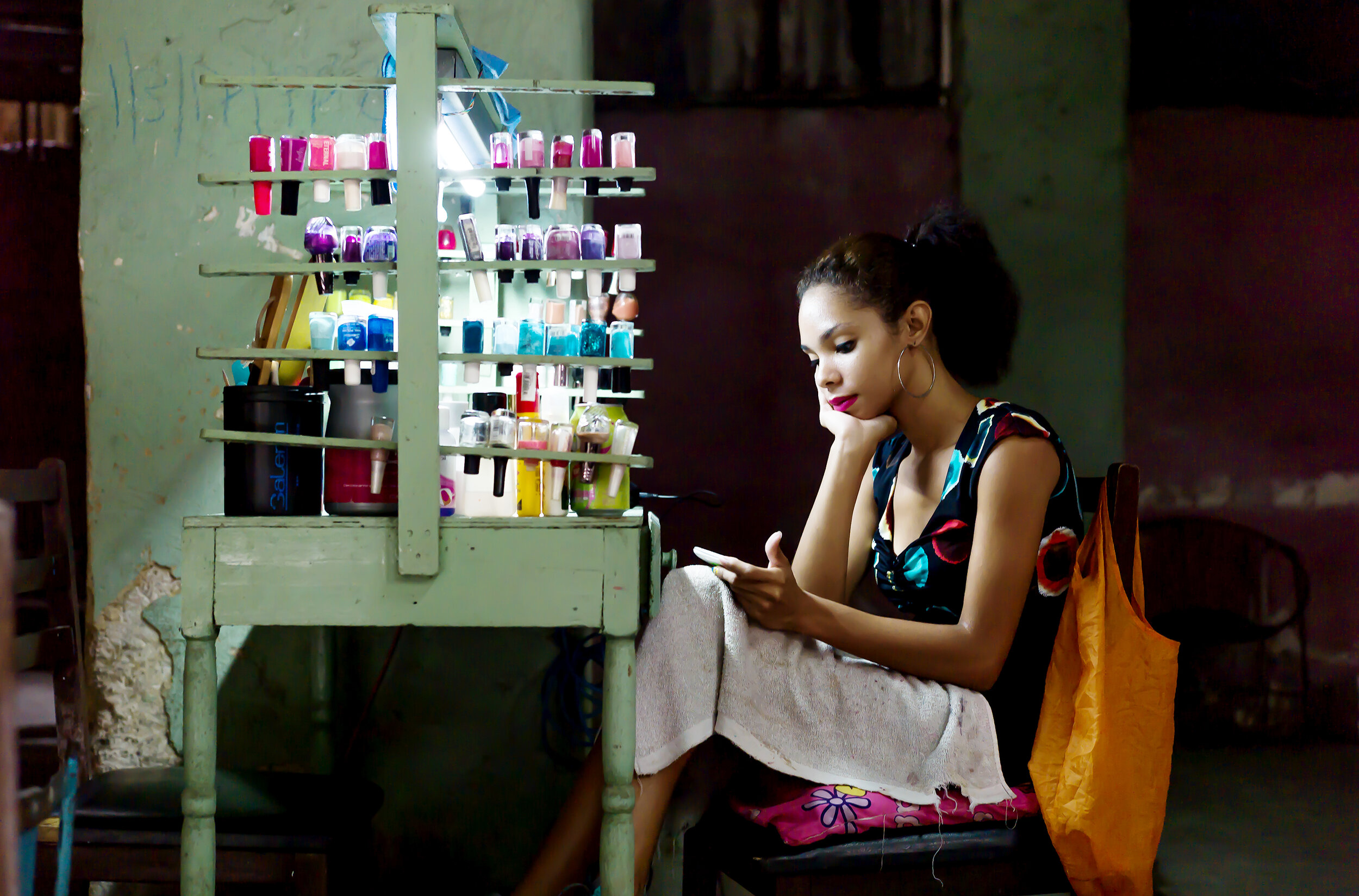1. Most of your work is black and white. However, you do have color frames in your portfolio. Talk about the decision-making process about when you choose which and why?
Beregovo, Ukraine 2018
The first pictures I was drawn to were black and white. Growing up in a family of colourful abstract painters, funny enough photography was always black and white for me. Getting my hands on a book of August Sander's "People of the 20th Century", I discovered early my interest for photography of people in their environment. But just lately, five years ago, I started to choose photography as my form of expression. And I chose b/w as most photographers I feel connected to and which pictures I admire do the same. My all-time favorite Josef Koudelka. I observed that b&w reduces to the characteristics I am looking for: expression in faces, personality and relations between people. No distraction from the essentials and composition.
Now, why color at all? In rare cases for me, color gets essential. May it be the color contrast or a certain color combination that adds the zest to it. An example is a picture taken in Ghana where the yellow flip-flops gain such an importance for me that I broke my routine with pleasure.
Accra, Ghana 2017
Dar es Salam, Tanzania 2018
2. How do you like working on assignment? How is it different from shooting for your self?
On my own, I am looking for special moments when things are right, a touch of here and now, of freedom in time and place. The appeal of assignments is to develop a new perspective together with my clients. I try to see the world through my clients' eyes: what would be of their pleasure, what could change their view on the world around them? A surprising journey. In both situations, in my view empathy is key.
3. In many of your pictures you are very close to the subject. Can you tell us something about your approach - any tips and tricks?
There is no short-cut, I have to be near to the subject. Especially as I've chosen to use a 28 mm prime lens. At first, this sounds like a technical requirement and you could say, just use a zoom lens. But this is not an option for me. In my experience, prime lenses catch the personality of the subjects stronger and more visible.
But, of course, it's not easy to come close to the subjects. I think, there are two parts. When I am in the flow, I completely loose the feeling to be a kind of disturbance to the people around me. I act as it would be totally natural that I am around. And in those special moments, people also have the same feeling about me.
It helps to stay very calm, move slowly and smile a lot. In my case, I am also never demanding or trying to direct the situation because I always want to have my pictures to be candid.
Lima, Peru 2018
Lima, Peru 2018
4. Do you think your musical background helped you in developing a communication ability with the people?
This is an interesting question. I never saw it like this. But yes, performing in front of many unknown people definitely helped me lose shyness. This might be especially rewarding when making the first encounter.
Georgia 2018
5. What is the importance of post processing to you? What are your limits of editing a photography? What kind of post processing are you doing and what tools are you using?
The process of taking pictures for me is always in color because also my surrounding when taking photos is obviously in color. I review my pictures a lot while working, but do not want to view them in b/w on the display of the digital camera. So, turning to b/w is the first step of post processing. Afterwards, there might be some minimal contrast and brightness adjustments. In rare cases, I do some cropping. In general, the aesthetics of my Leica suits me very well such that the post processing can be reduced to a minimum.
My name is Kristof Huf. I was born in Mexico and I am half Canadian, half German and live in Munich Germany. I studied Jazzbass and Restoration.




















